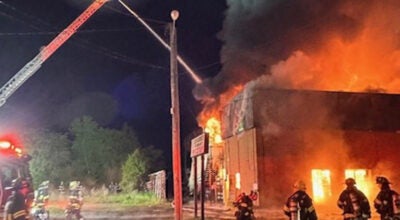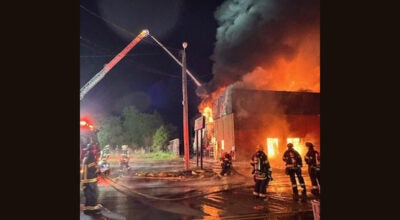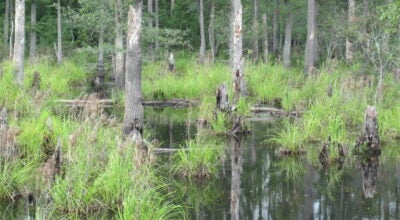460 project likely dead
Published 9:28 pm Wednesday, January 18, 2017
Opponents of the U.S. Route 460 project are celebrating the project’s apparent demise after it failed to score high enough in a state prioritization program to receive funding.
The project scored about a 0.5 in the state’s new Smart Scale program, which scores projects based on how they are expected to improve congestion mitigation, safety, economic development and other factors.
It scored so low that it fell behind 13 other projects in the Hampton Roads area that scored higher but also failed to receive funding, which went to even more highly scored projects.
State Transportation Secretary Aubrey Layne appeared to put the final nail in the coffin with his comments during Tuesday’s Commonwealth Transportation Board meeting.
“As far as we are concerned, the issue of 460 is settled. We will not be moving that project forward,” he said.
The proposal for the $450-million project included a new, four-lane, divided highway between U.S. Route 58 in Suffolk to west of Windsor, including a bypass.
From there to one mile west of Zuni, the existing road would be reconstructed and upgraded to a four-lane divided highway, with a new bridge across the Blackwater River.
The proposal was a watered-down version of the plan from the new, tolled, 55-mile road pushed by Gov. Bob McDonnell’s administration.
The U.S. Army Corps of Engineers finally issued a permit for the new version of the project last fall.
Despite the road’s low overall score, Layne said, it did have a significant benefit score.
“I want to point that out,” he said. “There’s been a lot of criticism. It had merit; what it didn’t have merit on is compared to everything else.”
Despite Layne’s comments, the issue is not completely settled. The funding recommendations will go through further discussions and decisions.
However, Trip Pollard with the Southern Environmental Law Center hopes the proposed project is dead.
“I do hope this will put this proposal to rest,” Pollard said. “It confirms what we’ve long argued — that there are a lot better ways to spend $450 million. There are lots of better ways to improve the existing route without doing something that’s going to be so harmful to the environment and the community.”






